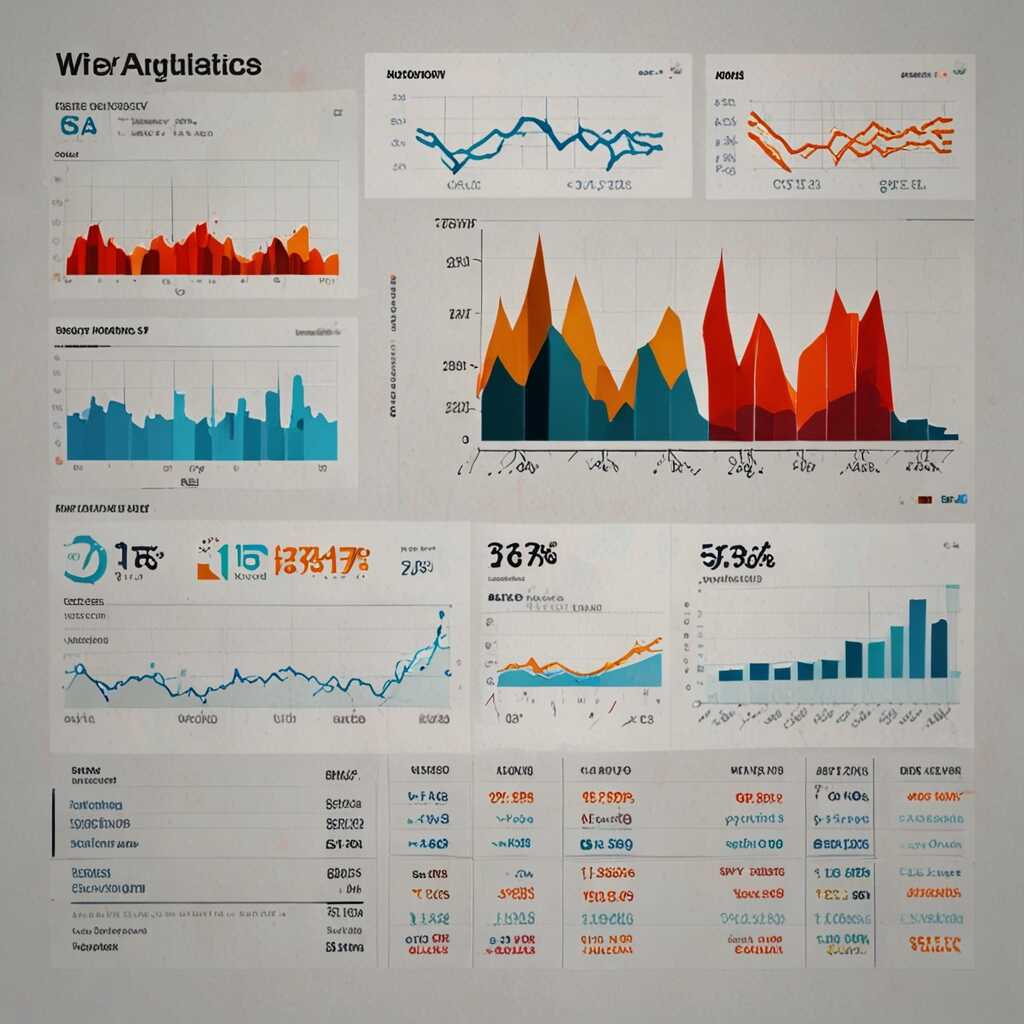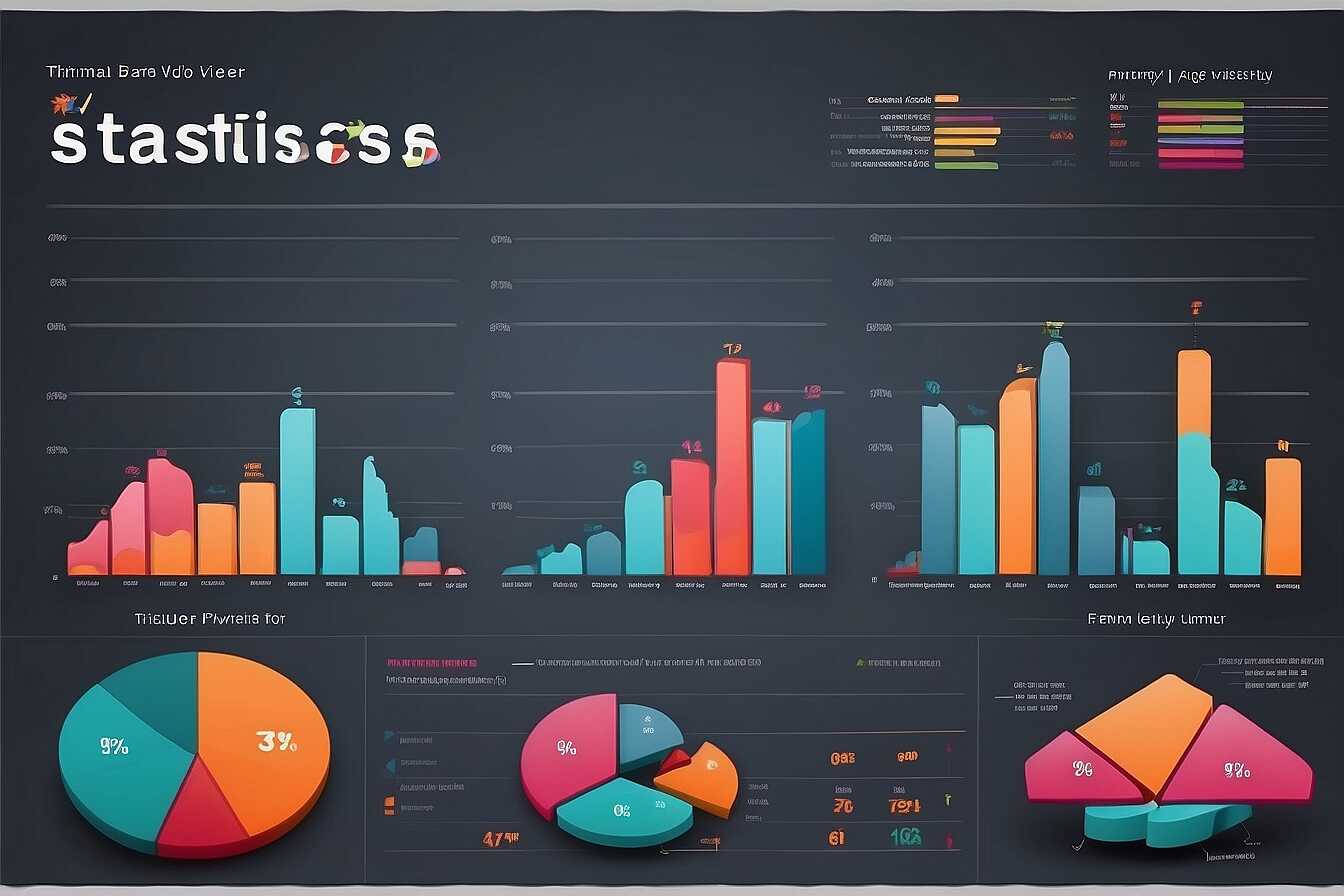In this Hreflang Implementation Guide for Effective International Audience Targeting, we’ll explore how to use hreflang tags properly. Hreflang tags help search engines understand which content version to show users based on their language and location. At Metrics Rule, we believe mastering hreflang is essential for SEO professionals and digital marketers who want to boost their site’s visibility across different countries. By implementing hreflang effectively, you can reach global audiences while avoiding common pitfalls and enhancing your SEO strategies.
Understanding Hreflang Tags and Their Significance for Global SEO
Hreflang tags are HTML attributes that help search engines understand the geographical targeting and language version of your content. They are essential in ensuring that users see the most relevant version of a page based on their language or location. For instance, a website that offers content in both English and French should implement hreflang tags to direct UK visitors to the English version while routing French speakers in Canada to the French version. This optimization not only enhances user experience but also improves search engine optimization (SEO) by decreasing bounce rates and increasing engagement. Using hreflang tags effectively allows websites to target multiple countries and languages, ensuring that content is correctly indexed and served to international visitors.
Significance of Hreflang Tags in International SEO
Implementing hreflang tags is critical for any e-commerce business looking to reach an international audience. By specifying language-targeted content, businesses like Metrics Rule in Vancouver can significantly improve their site’s visibility on search engines like Google and Bing. Data shows that websites using hreflang tags properly reduce the chance of content duplication and improve indexing efficiency across various regions. Moreover, proper implementation can foster local relevance in search results, allowing businesses to connect with users more effectively. This not only helps enhance website performance but also drives engagement with targeted demographics, significantly boosting conversion rates over time.
Benefits of Hreflang Tags for Multi-Regional SEO Performance
Implementing hreflang tags correctly enhances global SEO effectiveness by directing search engines to the appropriate regional version of your content. This ensures that the right audience sees the right content, thereby improving user experience and engagement. Additionally, hreflang tags help avoid duplicate content issues, which can negatively impact search rankings. The increased relevance of search results due to this tag can enhance your site’s visibility across different languages and regions, leading to higher conversion rates and ultimately better site performance.
Optimizing Hreflang Tag Implementation for E-commerce
For e-commerce businesses, optimizing hreflang tag implementation is essential for capturing international market segments. When you effectively target multiple languages and regions, you increase the likelihood of attracting relevant traffic. Studies show that proper hreflang implementation can boost organic traffic by up to 50% in targeted regions. By ensuring that hreflang tags point to the correct localized content, your site can meet user needs better. This improves reliability in search engine results, enhances user experience, and ultimately leads to higher sales and customer satisfaction.

Step-by-Step Guide to Proper Hreflang Tag Implementation
Implementing hreflang tags correctly involves several key steps that enhance your website’s international SEO strategies. First, identify the languages and regions you want to target. Then, create a list of URLs for each version of your content. The next step is to add the hreflang tags in the HTML header of each page. Ensure you provide the correct language and region codes. Testing is essential—use tools like Google Search Console to check effectiveness. Remember, for optimal reliability, include a self-referencing hreflang tag on each page and limit to about 50 hreflang tags per page, to enhance performance.
How to Add Hreflang Tags in Different CMS
Adding hreflang tags varies slightly across platforms. In WordPress, you can utilize plugins such as Polylang or WPML to automate tag insertion easily. For Shopify, adding hreflang tags involves editing the theme’s liquid files to include the tags directly. Ensure that your implementation is tested to provide reliability in target markets. Each platform offers features that enhance the experience, but the key is ensuring correct syntax and language codes. By properly configuring hreflang tags, you help search engines efficiently crawl and index your site, improving your global visibility.
Key Numerical Insights for Global Site Targeting
- Hreflang tags can improve traffic by up to 10% when implemented correctly.
- Over 60% of internet users prefer browsing in their native language.
- Studies show that 75% of users ignore paid search results.
- Utilizing hreflang can enhance visibility in 99 countries and multiple languages.
- Search engines recognize over 30 language codes used for hreflang tags.
- Almost 50% of international web users are likely to purchase from localized websites.
- Implementing hreflang can reduce bounce rates by 20% on global sites.

Frequent Mistakes to Avoid During Hreflang Implementation
Webmasters often overlook several critical mistakes when implementing hreflang tags. Common errors include forgetting to specify the language and region in the tag, which can lead to misinterpretations by search engines. Additionally, using the same hreflang tag across multiple country versions can confuse search engines and users. Failing to ensure that each target page is accessible to search engines creates inefficiencies that hinder international targeting and SEO effectiveness. Moreover, it’s essential to test your hreflang implementation for accuracy and reliability, as mistakes can significantly impact visibility in search results across different languages.
Ensuring Correct Hreflang Tag Setup for Improved SERP Performance
Correctly setting up your hreflang tags is crucial for SEO success, especially for international audiences. Each hreflang tag must point to the exact URL version intended for the specified language and region. It’s best practice to use both language codes and regional codes for maximum precision. For example, “en-CA” for Canadian English ensures that the right audience sees the content. Additionally, remember that Google limits a page to a maximum of 200 hreflang tags. This threshold means careful planning and testing are essential to optimize your international SEO strategy. By focusing on these details, your international presence can be enhanced, leading to improved user experience and search outcomes.

Establishing Best Practices for Multilingual Website Management
To manage multilingual website content effectively, businesses should implement a centralized content management system. This helps in organizing content across different language versions, maintaining consistency while enhancing user engagement. Regular hreflang implementation testing ensures reliability and optimal SEO strategies. Reviewing user data consistently can provide insights into content preference, helping prioritize languages that deliver the best performance. By doing so, sites can effectively tap into diverse international markets and target their audiences more accurately.
Key Elements for Effective Multilingual Content Strategy
Creating a successful multilingual content strategy involves several essential elements. First, ensure that your hreflang tags are accurately set up to connect all language versions of your pages; this helps Google index them properly. Use localized keywords within your content to engage native speakers effectively and enhance search visibility. Regularly conduct A/B testing across different language versions to compare user engagement and identify what works best. Finally, track analytics to measure the performance of each version, enabling ongoing refinement of your strategy.
The Advantages of Correctly Labeling Language Versions
- Improved user experience leads to longer website visits.
- Hreflang implementation enhances visibility on search engines.
- Expanding your audience can boost sales from international markets.
- Localized content increases user engagement and retention rates.
- Effective targeting can lead to higher conversion rates.
- Reduced chances of duplicate content penalties in search rankings.
- It aids in accurately tracking website performance across regions.

Integrating Hreflang Tags with Other Essential SEO Strategies
Combining hreflang tags with other SEO strategies can significantly boost your visibility in international markets. Best practices include ensuring accurate language targeting and optimizing page load speeds for better user experience. Merging hreflang tags with effective content optimization techniques helps in maintaining the relevance of your content in various languages. Furthermore, using technical SEO recommendations, like XML sitemaps, can ensure that search engines crawl and index your localized pages effectively. According to recent data, approximately 45% of websites leveraging hreflang tags also integrate these other strategies by 2025, showcasing the importance of a comprehensive SEO approach.
Enhancing Multilingual SEO Through Content Optimization
To enhance multilingual SEO, focus on content optimization techniques designed for diverse markets. This can include localizing keywords that resonate with your target audience while ensuring each version of your content is optimized for its specific language and region. Implementing quality assurance checks can help test the effectiveness of your localized content against user expectations, ensuring both reliability and relevance. Always consider user experience; tailor your content designs to be visually appealing and culturally sensitive for the audiences you’re targeting. By doing so, you can enhance your site’s performance in search results across different countries and languages, ultimately leading to increased traffic and conversions.
How to Test and Troubleshoot Your Hreflang Implementations
To effectively test hreflang tags for international SEO, start by using tools like Google Search Console or third-party SEO audit tools. These tools allow you to monitor your hreflang tag status and pinpoint any discrepancies. Ensure that your tags are correctly structured, match the intended language and region, and that the URLs they reference are accurate and live. Troubleshooting common hreflang issues, such as incorrect URLs or mismatched language codes, can help you avoid unwanted indexing problems. Aim to validate at least 90% of your hreflang tags to ensure reliability and efficiency in your international SEO strategy.
Tools for Validating Hreflang Tags
Using tools like Screaming Frog SEO Spider and Ahrefs can greatly enhance your hreflang tag validation process. Screaming Frog allows you to crawl your website and identify any hreflang implementation issues, such as missing tags or incorrect formats. Ahrefs offers comprehensive backlinks analysis, which can help find potential indexing errors caused by misconfigured hreflang tags. By combining these tools, you can ensure durable and reliable implementations, improving your overall international SEO efforts and boosting your e-commerce performance in global markets.
Brands and Demographics Engaged in Multi-Language Strategies
- Major e-commerce platforms like Amazon tailor experiences for local markets.
- Travel sites like Expedia utilize hreflang to offer localized information.
- Online education brands often adjust content for varying language proficiency levels.
- Hreflang applications benefit global retail brands catering to diverse consumers.
- Cultural demographics show increased loyalty when websites speak their language.
- Local businesses expanding online can greatly enhance reach using language tags.
- Brands create targeted campaigns based on regional preferences for better results.
Valuable Tools and Resources for Efficient Hreflang Management
To efficiently implement and manage hreflang tags, several essential tools can help streamline your efforts. Tools like Google Search Console provide invaluable insights regarding hreflang tag performance and indexing issues. Additionally, tools such as Arelle and Screaming Frog SEO Spider are designed to assist in auditing your hreflang tags for accuracy and effectiveness. Comparing reviews and testing different platforms will enhance your understanding of how these tools can improve your hreflang implementation strategy. Using a combination of these resources ensures you cover all bases, contributing to better international SEO results.
Best Practices for Hreflang Implementation
Implementing hreflang tags correctly involves ensuring that each tag adheres to best practices and guidelines. A reliable approach includes validating hreflang tags with tools like Google Search Console and specifically testing them with SEO testing software. Ensure your sitemap includes all relevant hreflang tags for each international page. For optimal performance, maintain a clear structure and consistently update your tags as content changes. This attention to detail enhances your website’s performance by improving search engine crawling and indexing, ultimately resulting in more effective international targeting.
